1. CoTeaching
1.1. Marzano High Yield Instructional Strategies for Classroom with Coteachers
1.1.1. Identifying Similarities/Differences (45 percentile gain)
1.1.1.1. thinking maps
1.1.1.2. T charts
1.1.1.3. Venn diagrams
1.1.2. Summarizing and Note Taking (35 percentile gain)
1.1.2.1. eliminate unnecessary info (notes in their own words, not ONLY guided notes)
1.1.2.2. write and rewrite notes
1.1.2.3. put info in their own words
1.1.3. Reinforcing Effort and Providing Recognition (29 percentile gain)
1.1.3.1. reward based on performance
1.1.3.2. individual conferences with students
1.1.3.3. symbolic recognition rather than just rewards
1.1.3.4. display student work
1.2. Resources for Coteaching
1.2.1. Coplanning Resources
1.2.1.1. Evernote
1.2.1.2. Planbook
1.2.1.3. Google docs/calendars
1.2.1.4. Trello (organized in columns)
1.2.2. Apps/Strategies for Classroom Use
1.2.2.1. Class Dojo
1.2.2.2. Pocket Points (phone behavior)
1.2.2.3. Timers for activities
1.2.2.4. GradeCam data/spreadsheets for teacher analysis
2. Culturally Responsive Climate
2.1. Well-Structured Culturally Responsive Instruction
2.1.1. positive relationships with family
2.1.2. student control of portions of lesson
2.1.3. DIFFERENTIATION
2.2. How to be a culturally inclusive educator?
2.2.1. Student support each other for the success of the entire class
2.2.2. Create lessons that connect the content to your students' lives/experiences
2.2.3. Allowing students to collaborate and work in groups - keep groups flexible
2.3. GLORIA LADSON-BILLINGS
2.3.1. cultural competence
2.3.2. sociopolitical awareness
2.3.3. student learning/achievement
2.4. Classroom Management
2.4.1. Be aware of cultural differences and how they manifest in classroom: not necessarily behavioral problem
2.5. Additive bilingualism vs. subtractive bilingualism
2.5.1. Bilingualism or biculturalism provides new points of view to classroom, NOT an impediment
